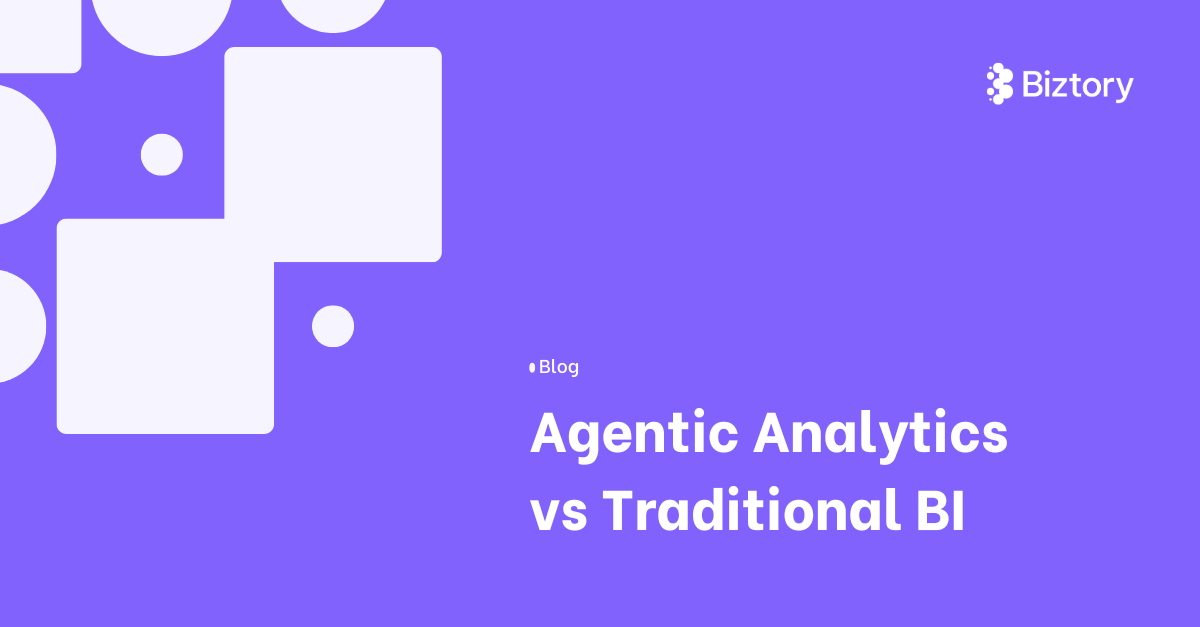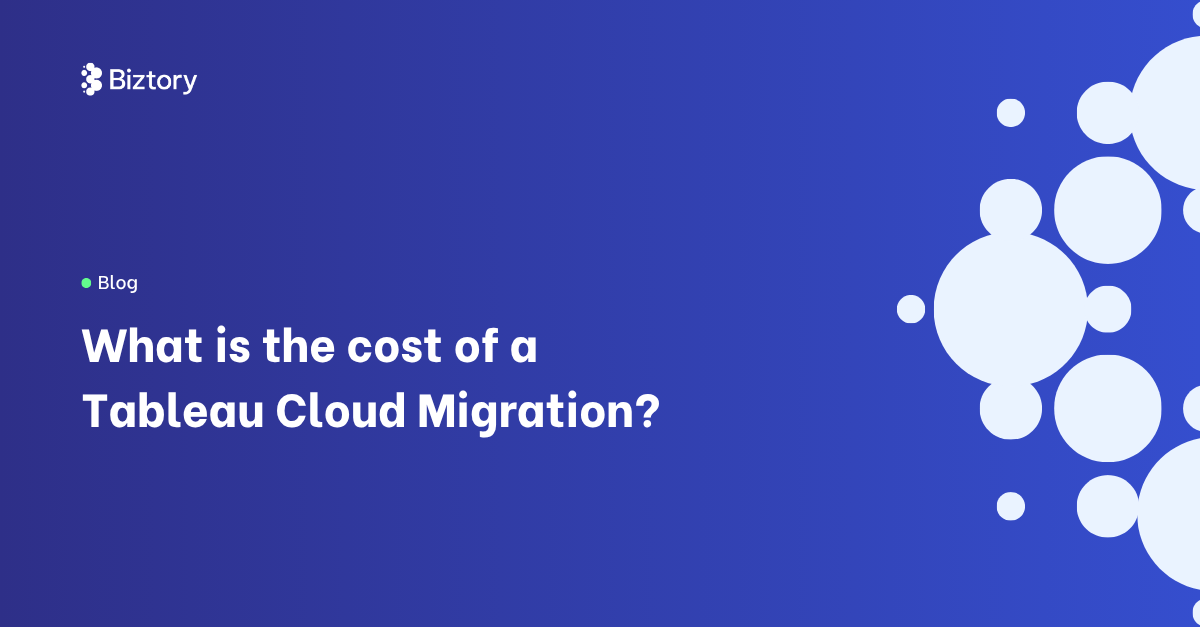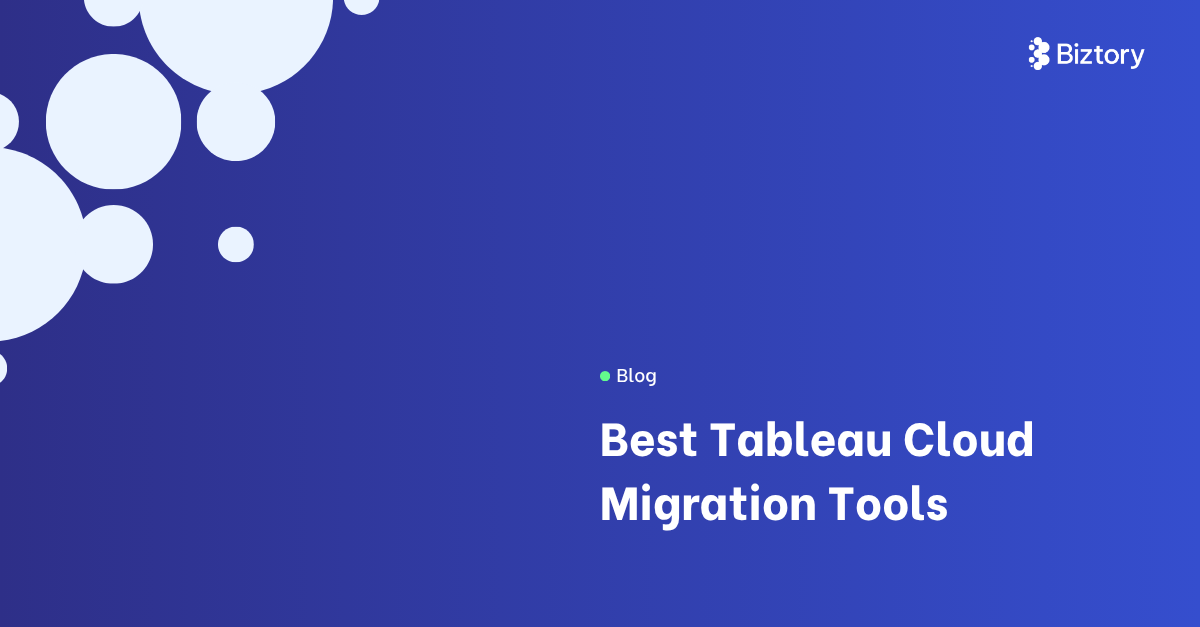Businesses today need to move faster. Traditional analytics tools are too slow, too manual, and too hard to use. That’s where agentic analytics comes in.
Agentic analytics uses AI-powered agents to do the work for you. Instead of asking questions or building dashboards, these smart tools look at your data, find important insights, and tell you what matters — all without you lifting a finger.
In this post, we’ll break down what agentic analytics is, how it compares to traditional business intelligence (BI), how it works, what tools to use, and how to get started.
What is Agentic Analytics?
Agentic analytics is a new type of business intelligence. It uses agentic AI — smart systems that can act on their own. These systems include AI agents for analytics that explore your data, find problems, and share insights — without you needing to ask.
These AI agents are proactive. They:
- Look at lots of data all the time.
- Spot trends and patterns.
- Warn you if something looks wrong.
- Suggest what to do next.
Analytics agents are like smart helpers for your data. They learn from past behavior, understand your business context, and deliver insights you didn’t think to ask for.
For example:
Instead of logging into a dashboard to check sales, your agent might tell you: “Sales in the west region dropped by 14% last week. This matches a stock-out event in your inventory logs.”
Agentic analytics goes beyond traditional AI dashboards. It uses LLMs (like GPT), real-time automation, and contextual awareness to actively support decisions.
Traditional BI: A Quick Recap
Traditional BI (Business Intelligence) relies on tools like dashboards, charts, and reports. These are usually built by data analysts and used by business teams to make decisions. To get insights with traditional BI, you have to:
- Know what questions to ask.
- Pull data into dashboards.
- Wait for analysts to create and update reports.
This model is manual and reactive. You only get answers when you look for them. If something important happens and you didn’t ask the right question, you miss it. For example: if revenue is dropping due to a pricing issue, you’ll only know once someone checks the right report. And that might happen too late.
Even with advanced dashboards, traditional BI systems can’t tell you:
- Why something happened.
- What’s likely to happen next.
- What you should do about it.
Agentic analytics presents a new paradigm for BI. And that's where ai-powered insights come in. These insights go beyond simple charts. They explain what’s going on and suggest action, often using natural language and predictive models. But most traditional BI systems don’t support this level of automation or intelligence.
As a result, many companies struggle with:
- Slow decision-making.
- Underused data.
- Too many dashboards with too little value.
Agentic analytics solves these issues by removing the need for dashboards and manual queries altogether. It makes analytics smarter, faster, and far more helpful.
Agentic Analytics vs Traditional BI: Key Differences
The gap between agentic analytics and traditional BI is already big — and keeps on growing. Below are the key differences that show how agentic systems outperform older tools.
Control vs Autonomy: Traditional BI needs constant human input. You ask the question. You build the dashboard. You interpret the chart. In contrast, agentic analytics runs on AI agents for business intelligence. These agents work in the background. They decide what’s important, find insights, and tell you — often before you even notice a problem.
Static vs Dynamic: Dashboards in traditional BI are static. They only update when you refresh them or change filters. Agentic systems generate AI-powered insights automatically. These are delivered as live alerts, messages, or reports based on real-time changes in the data.
Reactive vs Proactive: Traditional BI shows you what happened. It waits for you to ask, “What were sales last quarter?” Agentic analytics is proactive. It tells you, “Sales in Region A are down this week due to shipping delays,” without being asked. That’s the power of AI agents for data insights.
Siloed vs Embedded: Most BI tools exist in their own dashboards or portals. Agentic analytics is embedded directly into business workflows like CRMs, emails, or Slack. It fits where people already work.
This shift is not just technical — it’s cultural. Agentic analytics puts intelligence in the hands of every team, not just data experts.
How Agentic Analytics Works
Agentic analytics uses analytics agents to turn raw data into clear, helpful insights — all without needing dashboards or manual analysis. These AI-powered analytics agents are built using a mix of large language models (LLMs), automation tools, and data orchestration systems. They act like smart teammates that understand your business and monitor your data continuously.
Here’s how agentic analytics works:
Data Collection: Agents connect to your existing data sources — spreadsheets, databases, CRMs, ERPs, APIs — and pull in structured and unstructured data. This allows them to monitor everything from sales to marketing campaigns to supply chain metrics.
Context Awareness: Unlike dashboards that show everything to everyone, agentic systems understand context. They tailor insights to your goals, job role, or current challenges. For example, a sales leader gets pipeline alerts while a finance lead sees margin warnings.
Proactive Insight Generation: The AI agents scan data continuously. They find trends, patterns, anomalies, and correlations. If something looks off — like a drop in engagement or a rising cost — they alert the user, along with a short explanation and suggested actions.
Natural Language Output: These insights are delivered in plain English (or your language of choice), making them easy for anyone to understand. No need to interpret a chart — the agent will say, “Ad spend in Q2 rose 18%, but conversion dropped 10%. Consider revisiting campaign targeting.”
Feedback Loop & Learning: When users act on agent suggestions or provide feedback, the agents learn. Over time, they improve what they monitor and how they prioritize alerts, becoming smarter and more useful.
This is what makes ai agents for data insights so valuable: they’re not just reactive tools. They’re self-improving systems that support decision-making at scale.
Technologies Powering Agentic Analytics Today
There are several powerful tools bringing agentic analytics to life. These platforms blend natural language, automation, and AI agents for business intelligence to deliver smarter, embedded insights.
1. Tableau Next Agentic Analytics
Tableau Next is evolving beyond static dashboards with its agentic analytics features. It uses AI to suggest questions, generate narratives, and surface real-time trends — even if users don’t log in.
With Tableau Next Agentic Analytics, you get:
- Dynamic, AI-generated summaries of data.
- Natural language prompts to explore data conversationally.
- Smart alerting, based on real-time data shifts.
This means users spend less time building dashboards and more time acting on insights. Tableau integrates with Salesforce Data Cloud, enabling embedded analytics with AI inside business apps like Slack or CRM.
2. Power BI with Copilot
Microsoft’s Copilot brings LLMs into Power BI. It lets users ask questions in plain English and get instant visualizations, summaries, or AI-generated reports.
This Copilot system behaves like an embedded agent that sits inside Microsoft’s productivity stack.
3. ThoughtSpot Spotter
ThoughtSpot Spotter enables users to search and interact with data using natural language. It uses LLMs to interpret queries and return not just numbers, but explanations and context. It’s another example of AI agents for business intelligence helping business users discover insights without relying on technical teams.
These tools are designed to blend into your daily workflow. Whether it’s inside your CRM, your inbox, or your chat app — they bring embedded analytics with AI directly to where work happens.
Implementing Agentic Analytics in Your Organization
Implementing agentic analytics is easier than it seems. You don’t need to overhaul everything. You just need to start small, with the right steps and tools.
We’ve covered the crawl-walk-run framework in another blog already, but here’s a short step-by-step overview to bringing AI agents for analytics into your business:
1. Assess Your Analytics Maturity
Ask: Are your teams buried in dashboards? Are decision-makers waiting too long for insights? If yes, it’s time for change. Agentic systems work best where there’s too much data and too little time.
Next, you need to assess your current level of data + AI maturity. In other words; how solid is your data foundation for AI activation? Great AI starts with great data, so you need to have your data ready first.
2. Identify High-Value Use Cases
Start with areas that need fast, smart decisions. Common use cases include:
- Sales forecasting
- Customer churn detection
Inventory and supply chain tracking - Campaign performance alerts
Choose one department or function to pilot. Keep it narrow and focused.
3. Select the Right Tools
Look for platforms that support embedded analytics with AI. These should:
- Allow natural language interaction
- Include autonomous AI agents for analytics
- Offer real-time alerting and recommendations
Integrate with your CRM, ERP, or data warehouse
Tableau Next, ThoughtSpot Spotter, and Power BI with Copilot are good starting points.
4. Embed in Workflows
Don’t build yet another portal. Instead, integrate agents directly into where people work — like Slack, Teams, CRM dashboards, or email. That’s what makes agentic analytics useful.
5. Train Your People
Show teams how to interact with the agents. This isn’t dashboard training — it’s about interpreting AI insights, giving feedback, and taking action. Encourage a shift in mindset: the agent isn’t just a tool — it’s a smart teammate.
6. Learn and Scale
Monitor how the agent performs. Are users engaging with it? Are the insights useful? Collect feedback and improve. Once proven in one area, roll out to others.
Over time, your organization will move from reactive reporting to proactive decision-making.
Conclusion: Why the Future is Agentic
Agentic analytics is not just a new technology. It’s a new way of thinking about data and decision-making.
Where traditional BI depends on dashboards and human analysis, agentic systems take action for you. They monitor your data, spot important changes, explain what’s happening, and suggest what to do next — in real time.
With AI agents for analytics, you don’t wait for insights. You get them automatically. And because the agents learn from your feedback, they keep getting better.
The key benefits of agentic analytics include:
- Faster, more accurate decisions
- Fewer dashboards, more direct insights
- Personalized, real-time alerts
- Smarter use of all your data
Tools like Tableau Next and ThoughtSpot Spotter are already helping businesses adopt this model. These platforms embed smart agents into your everyday workflows, reducing manual work and boosting speed to action.
Agentic analytics vs traditional BI is a very relevant evolution in analytics right now. One is slow, static, and manual. The other is fast, dynamic, and intelligent.
Now is the time to start small — with one use case, one team, or one tool. The future of business intelligence is proactive, embedded, and powered by AI agents. Don’t wait to catch up.
FAQ: Agentic Analytics vs Traditional BI
What is agentic analytics in simple terms?
Agentic analytics is a type of AI-powered system where smart agents automatically scan your business data, find useful insights, and tell you what matters — without you needing to ask.
How is agentic analytics different from traditional BI?
Traditional BI relies on dashboards and manual reporting. Agentic analytics uses autonomous AI agents that act on their own to surface insights in real time. It's faster, more proactive, and much easier to use.
Do I need to replace all my tools to use agentic analytics?
No. Many platforms like Tableau, Power BI, and ThoughtSpot now offer agentic features that can be added to your existing stack. Start small by enabling AI agents for one department or use case.
Is agentic analytics only for big companies?
Not at all. Small and mid-sized businesses can benefit too — especially if they’re overloaded with data and want faster decisions without building a full analytics team.
Are AI agents for analytics secure and accurate?
Yes, when set up properly. These agents use secure data connections and can be customized to ensure they only access what’s needed. With feedback and training, their accuracy improves over time.



